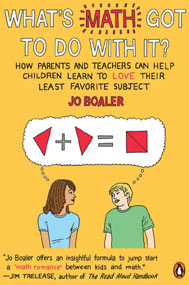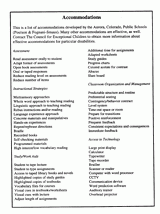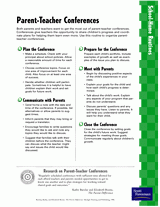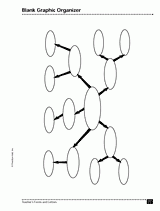Curing Math-Phobic Parents
A fear or aversion to math has led to widespread math anxiety, especially among parents who may have had a traumatic math class when they were children. Boaler explains that the worst thing parents can do is tell their child they hate math. In her book, Boaler points out that it's important for parents who hated math in school to start all over again as adults. She believes that parents, like children, need to get a sense of real math and not the math that is taught in school. There is no reason any parent should be negative about math, even if they had an unpleasant experience with math when they were younger. Talk to parents – through email, on the phone, or at a conference – about their feelings toward math. Help them understand that if they take a positive attitude about the subject around their children, they will help students succeed in school.
"If parents can rid themselves of the false image of math they developed in school and start learning all over again with their children, it is very likely that they will enjoy math and find it surprisingly accessible."
Making math a part of the day
Many busy parents today hold full-time jobs while running a household, and may find it hard to incorporate numbers and math into their daily schedule. Boaler explains that math doesn't have to be difficult or time-consuming, and she offers some easy and educational ways to integrate math lessons into everyday life. These are great ideas to discuss with parents. Boaler suggests making math problems out of ordinary household objects. For example, ask parents to give their child a five-liter jar, a three-liter jar, and some water, and ask him to measure out four liters of water exactly, using only the two jars.
"In my own home, I choose to work on math for ten minutes in the morning, when my children are fresh and almost alert. I also talk about math in the world with them, whenever it comes up. We count cars we talk about patterns in the garden and house. It isn't necessary to do a lot of math; it is more important to be happy about math and to give a sense of excitement and enjoyment," says Boaler.
For more math activities, visit our Math Resources Theme.
 Purchase What's Math Got to do With It? How Parents and Teachers Can Help Children Learn to Love Their Least Favorite Subject.
Purchase What's Math Got to do With It? How Parents and Teachers Can Help Children Learn to Love Their Least Favorite Subject.















